

Articles
How To Store Old Books
Modified: February 25, 2024
Learn the best techniques for storing your collection of old books safely. Our articles provide tips and advice on preserving your cherished literary treasures.
(Many of the links in this article redirect to a specific reviewed product. Your purchase of these products through affiliate links helps to generate commission for Storables.com, at no extra cost. Learn more)
Introduction
Old books hold a certain charm and allure, whether it’s a family heirloom passed down through generations or a rare find at a used bookstore. While these books may have sentimental value or historical significance, they also require proper storage to ensure their preservation for years to come. Storing old books correctly can help prevent damage from environmental factors, such as sunlight, moisture, and pests, while keeping them in a condition that allows for easy access and enjoyment.
In this article, we will delve into the essential steps and considerations for storing your old books. From selecting a suitable storage space to handling and maintaining proper humidity levels, each step plays a crucial role in safeguarding your collection. By following these guidelines, you can extend the lifespan of your books and keep them in optimal condition.
Key Takeaways:
- Preserve your old books by selecting a suitable storage space, cleaning them, and using acid-free storage materials. Handle with care, avoid direct sunlight, and maintain optimal temperature and humidity levels for long-lasting enjoyment.
- Organize your old books by size and weight, use bookends for support, and regularly check and rotate them. Prioritize cleanliness when handling and consider gloves for delicate books. Maintain a stable environment to protect your cherished collection.
Read more: How To Store Books In Garage
Step 1: Select a Suitable Storage Space
The first step in storing old books is to choose an appropriate storage space. Ideally, you want to select a location that is away from direct sunlight, excessive humidity, and temperature fluctuations. This will help prevent damage and deterioration caused by these environmental factors.
Consider a room or area in your home that is cool, dry, and well-ventilated. Avoid spaces such as basements or attics, as they tend to have fluctuating humidity levels and temperature extremes. Instead, opt for a room on the main floor or upper levels of the house.
Ensure that the storage area is clean and free from potential hazards. Keep the area free from dust, dirt, and pests. It is best to store books away from areas prone to water leaks or high traffic, as these factors can increase the risk of damage.
If you have a large collection, consider investing in bookshelves or storage units that are sturdy and can support the weight of the books. Adjustable shelves are preferable as they allow you to customize the spacing between the shelves, accommodating books of different sizes and heights.
Once you have identified the storage space, measure the area to ensure that it can accommodate your collection. Leave some extra space for future growth or additions to your collection. It is essential to have enough room for books to be stored upright or laid flat without overcrowding.
Step 2: Clean and Dust the Books
Before storing your old books, it is crucial to clean and dust them properly. Over time, books can accumulate dust, dirt, and other particles, which can lead to staining or even attract pests. Cleaning the books before storage helps preserve their condition and prevent further deterioration.
Start by gently wiping the covers of the books with a soft, dry cloth. Be cautious not to apply excessive pressure, as this can cause damage. If there are any noticeable stains or spills on the covers, use a mild solution of water and gentle soap to gently clean the affected areas. Always test the solution on a small, inconspicuous area first to ensure it does not cause any discoloration or damage to the book.
To tackle the dust and dirt on the book pages, use a soft, clean brush or a feather duster. Run the brush or duster along the pages, starting from the top and working your way down. Be gentle to avoid tearing or damaging the pages. For stubborn dirt or stains, you can use a soft art gum eraser, but exercise caution and test it on a small area first.
If your books have delicate or fragile pages, such as old manuscripts or parchment, it is best to consult a professional book conservator for guidance on the appropriate cleaning methods. They will have the expertise and knowledge to handle delicate materials and ensure their preservation.
In addition to cleaning the books themselves, it is also essential to clean the storage area regularly. Dust can accumulate on the shelves or in the storage containers, which can easily transfer to the books. Wipe down the shelves or containers with a clean cloth periodically to keep them free from dust and debris.
By taking the time to clean and dust your books before storage, you are not only preserving their appearance but also minimizing the risk of further damage caused by dirt and pests. This step is crucial in maintaining the longevity and condition of your treasured collection.
Step 3: Arrange Books by Size and Weight
When it comes to storing your old books, organizing them by size and weight is essential to prevent any strain or damage to the books themselves. By arranging them properly, you’ll be able to maximize the space available and ensure the stability of your collection.
Start by categorizing your books based on their size. Separate them into groups such as small paperbacks, medium-sized hardcovers, and oversized books. This will help you determine the appropriate storage solutions for each group.
For smaller books, consider using acid-free book boxes or archival-quality plastic containers. These containers provide protection against dust, light, and pests while allowing you to stack the books safely. Make sure to label the boxes for easy identification when you need to locate a specific book.
Medium-sized hardcover books can be stored on bookshelves. Ensure that the shelves are sturdy enough to support the weight of the books, and adjust the spacing between the shelves to accommodate the various heights of books. If there are books of similar sizes, you can stack them horizontally on the shelves, but avoid stacking too many as it may cause the lower books to become misshapen or damaged.
Oversized books, such as coffee table books or art books, require extra care due to their weight and dimensions. These books are best stored flat on sturdy shelves or in specially designed flat storage boxes. Ensure that the shelves or boxes are wide enough to accommodate the width of the books, and consider using supportive tools like bookends or shelf dividers to keep them in place.
When arranging your books, keep in mind the weight distribution. Avoid placing too many heavy books on one shelf or stacking them too high, as it can put strain on the shelf and increase the risk of toppling. Distribute the weight evenly across the shelves and avoid overloading them.
Properly arranging your books not only ensures their stability but also makes it easier to find and access specific titles when you want to read them. Take the time to organize your collection systematically, and you’ll be rewarded with an efficient and visually appealing storage solution.
Step 4: Use Acid-Free Storage Boxes or Containers
When storing your old books, it is crucial to choose the right storage materials to protect them from deterioration over time. One of the most important considerations is to use acid-free storage boxes or containers.
Acidic materials, such as certain types of paper and cardboard, can release harmful chemicals that can cause the degradation of book pages and covers. Over time, this acid can lead to yellowing, brittleness, and deterioration of the books. Acid-free storage materials are designed to have a neutral pH level, ensuring the preservation of your books.
When selecting acid-free storage boxes, opt for those made from acid-free cardboard or archival-quality paperboard. These materials are free from acidic compounds that can cause damage to your books. Acid-free containers can also provide protection against light, dust, and pests.
Ensure that the storage boxes are of an appropriate size for the books you are storing. Avoid packing the books too tightly, as it can lead to damage from pressure or bending. Leave enough space for air circulation within the boxes to prevent the buildup of moisture.
Label each storage box with the title or category of the books it contains. This will make it easier to locate specific books when you need them and avoid unnecessary handling of the collection.
If you have rare or valuable books, consider using archival-quality plastic sleeves or enclosures to provide an extra layer of protection. These sleeves are made from materials that are both acid-free and free from harmful chemicals that can accelerate book deterioration.
Remember to store books of similar sizes together in each box or container to prevent shifting during storage. This will help maintain the integrity of the books and reduce the risk of damage.
Using acid-free storage boxes or containers is essential in preserving the condition of your old books. By investing in these materials, you are providing the optimal environment for your collection, ensuring its longevity for future generations to enjoy.
Read more: How To Store Paperback Books
Step 5: Avoid Direct Sunlight and Moisture
Sunlight and moisture are two major enemies of old books. Exposure to direct sunlight can lead to fading of book covers and pages, while moisture can promote the growth of mold and mildew, causing irreparable damage. It is crucial to take measures to protect your books from these harmful elements.
When choosing a storage location for your books, ensure it is away from windows or areas where sunlight can penetrate directly. Sunlight contains ultraviolet (UV) rays, which can cause discoloration and deterioration of book materials over time. Consider using curtains or blinds to filter out sunlight or invest in UV-protective window film.
In addition to sunlight, moisture is another factor to watch out for. Dampness and humidity can lead to the growth of mold, mildew, and even insect infestations. Avoid storing books in basements or areas prone to water leaks. If the storage area is naturally humid, consider using dehumidifiers to maintain proper humidity levels. Ideally, the humidity should be between 30-50% to prevent the growth of mold.
To further protect your books from moisture, avoid placing them directly on the floor. Instead, use elevated bookshelves or storage platforms to keep them off the ground. This helps prevent any potential water damage from spills or floods.
If you live in a humid climate or are storing books in an area with high humidity levels, consider using moisture-absorbing products, such as silica gel packets or desiccant packs, in the storage containers. These products help absorb excess moisture and maintain a dry environment.
Regularly inspect your storage area for any signs of moisture or water damage. If you notice any dampness or musty odors, take immediate action to identify the source and rectify the issue to prevent further damage to your books.
By avoiding direct sunlight and moisture, you can significantly extend the lifespan of your old books and protect them from irreparable damage. These precautions are essential in maintaining the quality and integrity of your collection for years to come.
Store old books in a cool, dry place away from direct sunlight to prevent damage from moisture and fading. Use acid-free boxes or shelves to protect the books from deterioration.
Step 6: Handle Books with Clean Hands and Consider Gloves
When handling old books, it is crucial to prioritize cleanliness to prevent oils, dirt, and other substances from damaging the pages and covers. Clean hands and, in some cases, gloves should be used to ensure the preservation of your books.
Before handling your books, wash your hands thoroughly with mild soap and water. This helps remove any natural oils, sweat, and dirt that can transfer onto the pages. Dry your hands completely before handling the books to avoid any moisture transfer.
If you have particularly fragile or valuable books, consider wearing clean, white cotton gloves while handling them. Gloves provide an additional layer of protection and help minimize the direct contact between your hands and the book surfaces. However, keep in mind that gloves can reduce tactile sensitivity, so it may be more suitable to handle books without gloves when reading or closely examining them.
When turning pages, use a gentle touch and handle them from the corner, avoiding putting too much pressure on the spine or the page edges. Be cautious with fragile or brittle pages, as they are more prone to tearing or breaking.
Remember to avoid eating or drinking near your books, as food particles and liquids can cause staining or attract pests. It is also advisable to keep pens, markers, or any other writing instruments away from your books to prevent accidental marks or scribbles.
If you are borrowing books or lending them to others, educate them about proper handling procedures. Encourage them to wash their hands before handling the books and offer them clean gloves if necessary.
By handling your books with clean hands and considering gloves, you minimize the risk of transferring dirt, oils, and other substances onto the pages and covers. These simple precautions contribute to the overall preservation and longevity of your precious book collection.
Step 7: Keep Books Upright or Flat
The way you store your books can have a significant impact on their preservation. Whether you choose to keep them upright or flat depends on the type of books and the space available.
For most books, storing them upright on sturdy bookshelves is the preferred method. This allows for easy visibility, access, and organization. Make sure the shelves are tall enough to accommodate the full height of the books, with a little extra space at the top for breathing room.
When placing books upright, avoid leaning them at an angle or cramming them tightly together. Leave some space between the books to prevent unnecessary pressure and minimize the risk of damage when removing or rearranging them.
If you have oversized or heavy books, it may be more suitable to store them flat on a flat surface or dedicated flat storage boxes. Large books with delicate spines or pages can become damaged or distorted when stored upright for an extended period. Storing them flat helps distribute the weight evenly and avoids putting excessive strain on the binding or pages.
Flat storage is also recommended for books that are fragile or have loose or detached covers. By keeping them flat, you can prevent further damage and ensure their structural integrity.
When storing books flat, use acid-free archival-quality folders or acid-free paper inserts between the pages to provide additional support and protection. This helps prevent pages from sagging or becoming misaligned over time.
If you’re uncertain whether a book should be stored upright or flat, refer to any specific instructions or recommendations provided by professional book conservators or specialists.
By storing your books in the appropriate position, whether upright or flat, you can maintain their physical condition and prevent unnecessary wear and tear. Consider the specific needs of each book and make an informed decision on the best storage method to ensure their long-term preservation.
Step 8: Use Bookends or Shelf Dividers for Support
To ensure the stability and support of your books, especially when stored upright on bookshelves, it is essential to use bookends or shelf dividers. These tools help prevent books from leaning or falling over, reducing the risk of damage and maintaining an organized storage space.
Bookends provide a simple yet effective way to keep books standing upright. They come in various styles, materials, and sizes, allowing you to choose the most suitable option for your collection. Make sure to select bookends that are sturdy and tall enough to support the height of your books.
Place bookends at both ends of a row of books on a shelf, ensuring they are snug against the outer edges. This helps keep the books aligned and prevents them from leaning or falling over. It also adds visual appeal to your bookshelf presentation.
Another option for supporting your books is using shelf dividers. These dividers can be inserted vertically between groups of books to create sections and provide added stability. They help keep books standing straight and help with the organization and separation of different categories or genres of books.
When selecting shelf dividers, consider ones that are adjustable or modular to accommodate the varying heights of your books. This allows for customization and flexibility in organizing your collection.
For larger or heavier books, consider using additional bookends or dividers to provide adequate support along the length of the shelf. This helps distribute the weight evenly and minimizes the risk of books tipping or becoming unbalanced.
Remember to regularly adjust and reposition bookends or dividers as needed when adding or removing books from the shelves. This ensures that the books remain well-supported and prevents any potential shifting or instability.
By utilizing bookends or shelf dividers, you create a secure and organized storage space for your books. This not only protects them from damage but also enhances the overall aesthetic appeal of your bookshelf arrangement.
Read more: How To Store Cook Books
Step 9: Regularly Check and Rotate Books
Regularly checking and rotating your books is an important step in maintaining their condition and preventing damage from prolonged storage. By periodically inspecting your collection and making necessary adjustments, you can ensure that each book receives proper care and attention.
Start by scheduling routine inspections of your books. Set a reminder to check on them at least once or twice a year, or more frequently if you live in a climate with significant temperature or humidity fluctuations.
During these inspections, look for any signs of damage, such as ripped pages, loose bindings, or insect infestations. If you notice any issues, it is best to address them promptly to prevent further deterioration. Consider consulting a professional book conservator for assistance if you are unsure about the best course of action.
In addition to checking for damage, rotate your books regularly to ensure equal exposure to light and air. This is particularly important for books displayed on open shelves or in rooms with windows. By rotating the books, you prevent uneven fading of covers and minimize the impact of direct sunlight.
When rotating your books, consider implementing a system such as the “first in, first out” method. This means that the books you have acquired most recently are placed at the back of the shelf, while older books are brought to the front. This way, all your books have an opportunity to be displayed and enjoy an equal amount of time in the spotlight.
While rotating the books, take the opportunity to gently dust the covers and shelves to keep them free from dust and debris. Use a soft, clean cloth or a duster specifically designed for use on books.
Consider documenting your collection during these inspections. Keep a list or take photographs of the books in your collection to track their condition and any changes over time.
By regularly checking and rotating your books, you not only ensure their physical well-being but also have the opportunity to rediscover forgotten favorites and appreciate the breadth of your collection. Treat your books with care and attention, and they will bring you enjoyment for years to come.
Step 10: Consider Temperature and Humidity Control
Maintaining appropriate temperature and humidity levels in the storage area is crucial for preserving the condition of your old books. Extreme temperature fluctuations and high humidity can lead to damage and deterioration. By implementing temperature and humidity control measures, you can create a stable environment for your books.
The ideal temperature for storing books ranges from 60 to 70 degrees Fahrenheit (15 to 21 degrees Celsius). Avoid storing books in areas that are prone to extreme heat or cold, such as attics or basements. Fluctuating temperatures can cause materials to expand and contract, leading to warping or stress on the bindings.
In addition to temperature, maintaining the proper humidity level is essential. The ideal humidity range for book storage is between 30% and 50%. High humidity levels can contribute to the growth of mold and mildew, while low humidity can cause the paper to become brittle. Consider using a humidifier or dehumidifier to regulate the humidity level in your storage area, particularly in areas with extreme humidity conditions.
To further protect your books from fluctuations in moisture, place moisture-absorbing products, such as silica gel packets, in your storage containers. These packets will help maintain a stable humidity level and protect against excess moisture.
Avoid placing your books near sources of moisture, such as pipes or areas prone to leaks. Keep them away from windows, as sunlight can increase the temperature and humidity levels in the vicinity of the books. Place a hygrometer in the storage area to monitor and maintain optimal humidity levels.
If you live in an area with significant shifts in temperature and humidity, consider investing in a climate-controlled storage unit or cabinet. These provide a controlled environment, ensuring that your books are protected from harmful conditions.
Regularly monitor the temperature and humidity levels in your storage area to ensure they remain within the recommended range. Make adjustments as necessary to maintain a stable environment for your books.
By considering temperature and humidity control, you provide a stable and optimal environment for your books, reducing the risk of damage and extending their lifespan. This step is crucial in preserving the integrity and longevity of your cherished collection.
Conclusion
Properly storing old books is essential for their preservation and longevity. By following the steps outlined in this article, you can ensure that your treasured collection remains in excellent condition for years to come.
Starting with selecting a suitable storage space, you must choose an area that is free from direct sunlight, moisture, and fluctuations in temperature. Cleaning and dusting the books before storage helps prevent damage from particles and dirt. Organizing books by size and weight, using acid-free storage boxes or containers, and avoiding direct sunlight and moisture are all crucial steps in maintaining their condition.
Handling books with clean hands or gloves reduces the risk of transferring oils or dirt onto the pages. Keeping books upright or flat, with the support of bookends or shelf dividers, ensures their stability and minimizes the risk of damage. Regularly checking and rotating books allows for proper inspection and equal exposure to light.
Lastly, considering temperature and humidity control helps create a stable environment for your books. Maintaining appropriate levels can prevent deterioration caused by extreme fluctuations.
By implementing these steps, you can protect your old books from damage and enjoy them for years to come. Remember, each book has its own unique qualities and deserves to be preserved and cherished. Ensure that you prioritize their care and make the necessary adjustments to keep them in optimal condition.
So, take the time to create a suitable storage space, handle books with care, and provide the right environmental conditions. Your efforts will be well worth it as you continue to enjoy and share the wonders of your old book collection.
Frequently Asked Questions about How To Store Old Books
Was this page helpful?
At Storables.com, we guarantee accurate and reliable information. Our content, validated by Expert Board Contributors, is crafted following stringent Editorial Policies. We're committed to providing you with well-researched, expert-backed insights for all your informational needs.
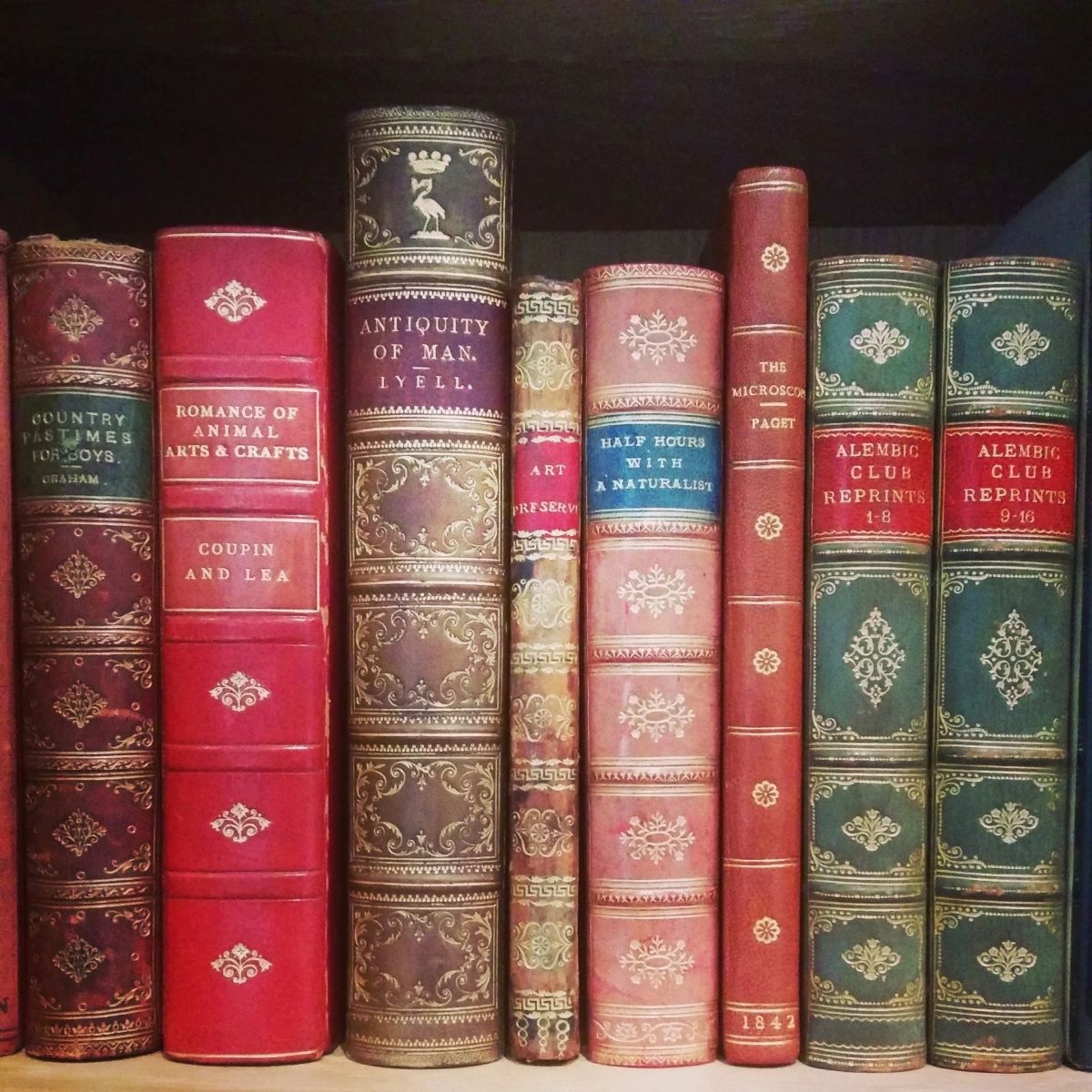
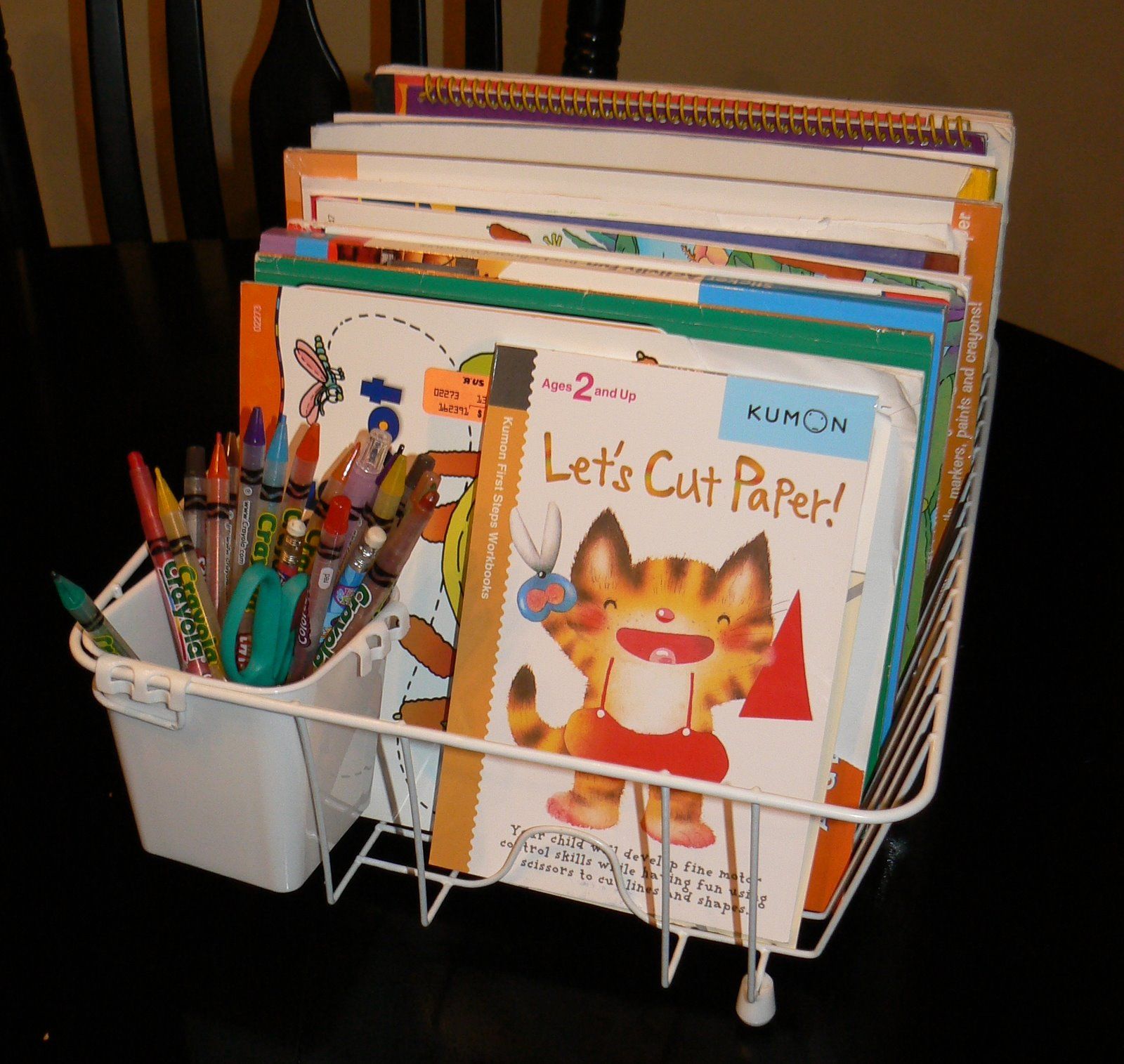

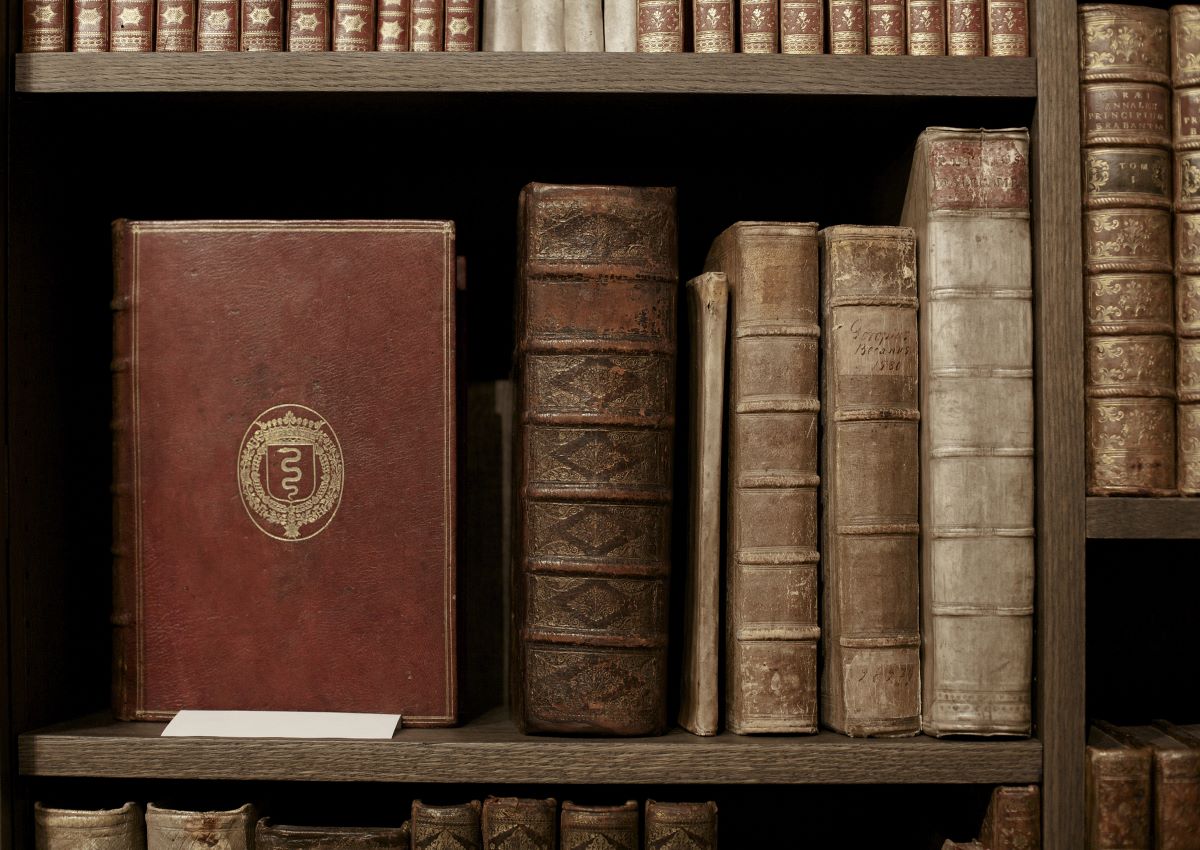
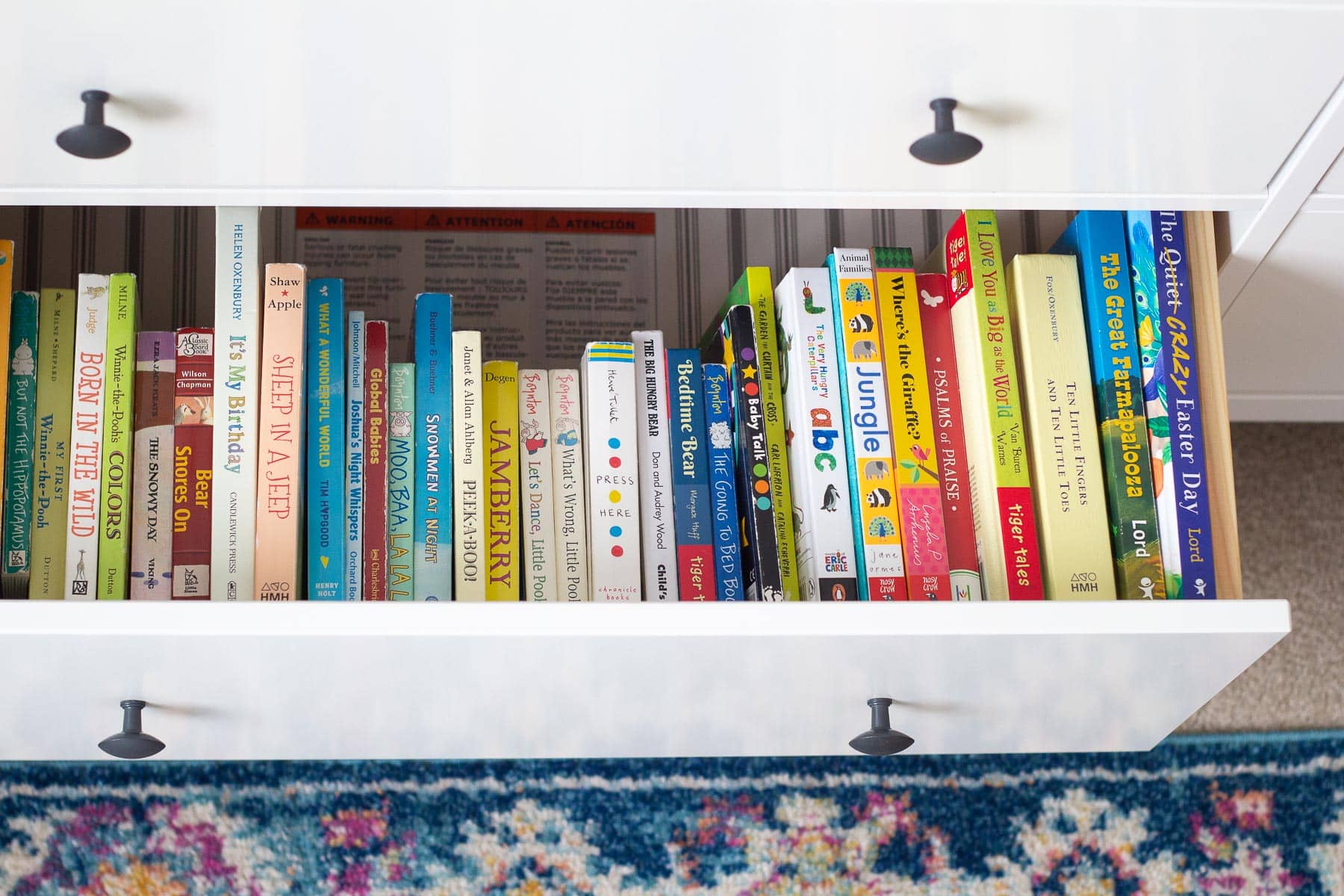
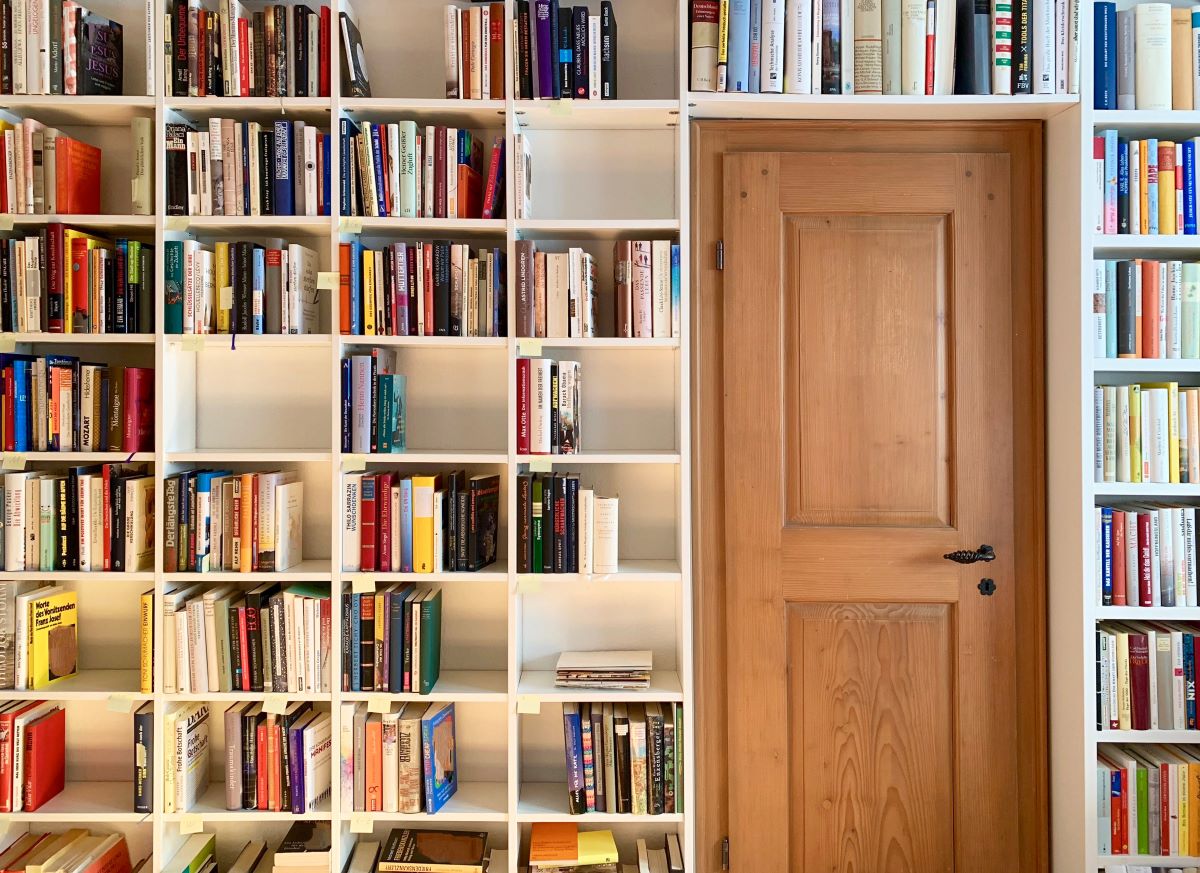






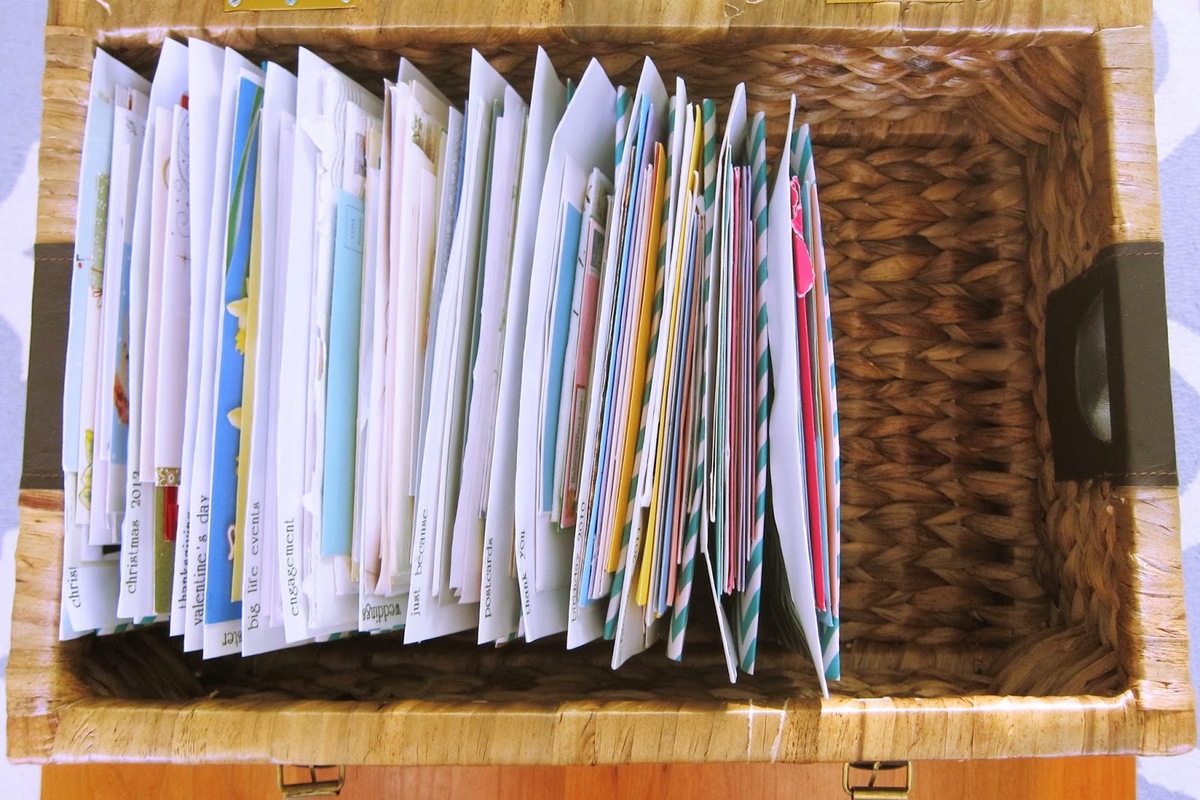

0 thoughts on “How To Store Old Books”